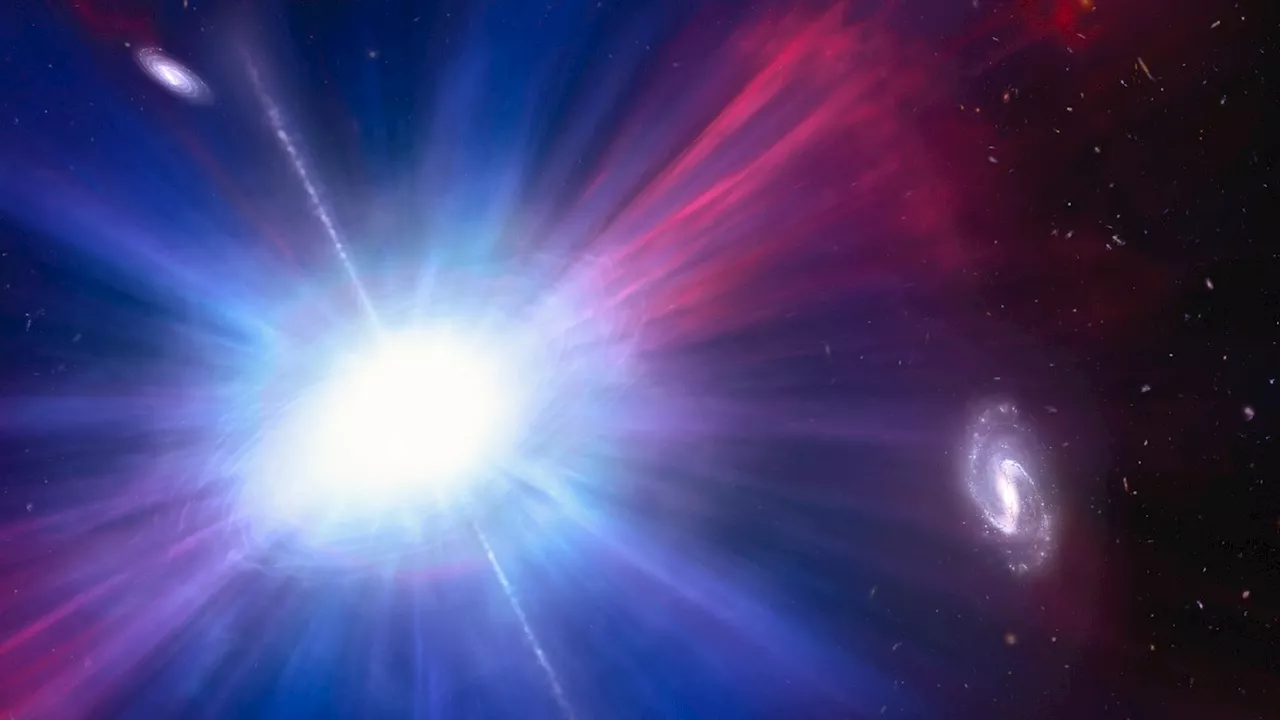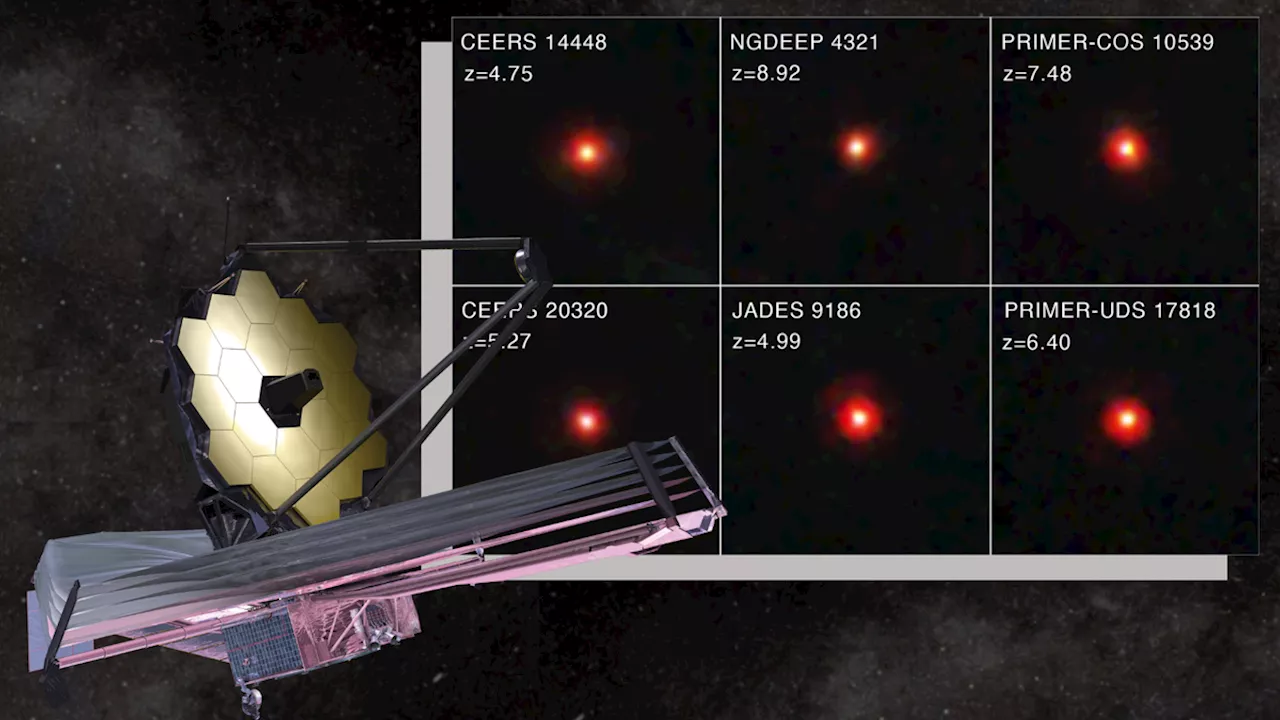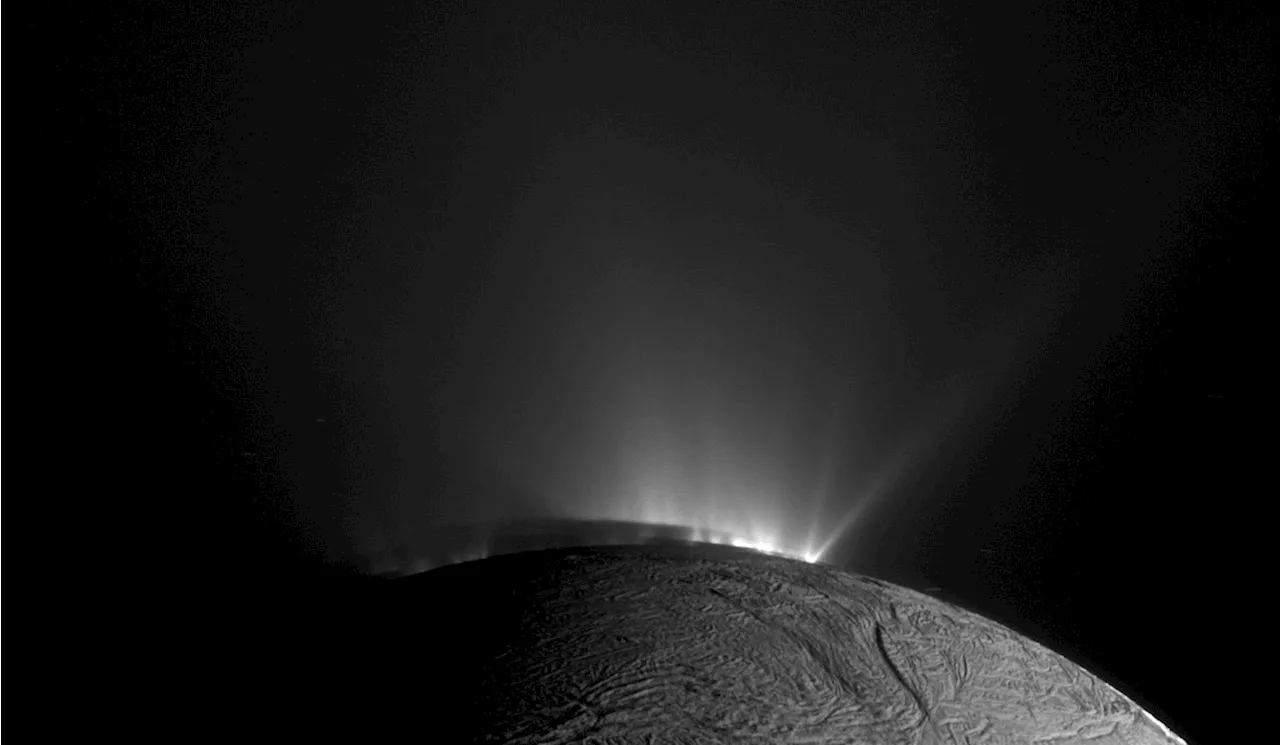New research challenges the conventional understanding of how easily signs of life could be detected in the subsurface oceans of icy moons like Europa and Enceladus. Thick ice layers and complex chemical processes may make it more difficult to find definitive evidence of life, highlighting the need for innovative exploration strategies.
The search for extraterrestrial life has focused on the hidden oceans beneath icy moons like Europa and Enceladus . These moons are thought to possess the necessary ingredients for life, including water, energy, and essential chemicals. However, new research from the University of Reading suggests that these alien seas may be more adept at concealing their secrets than previously anticipated.
Thick ice layers and intricate chemical processes could pose significant challenges to detecting signs of life from spacecraft.The discovery presents substantial obstacles for future missions to Europa and Enceladus. Europa, one of Jupiter's largest moons, has a subsurface ocean kept liquid by tidal heating from Jupiter's gravity. Research indicates that this hidden ocean could contain the building blocks for life. Surface features like cracks and ridges suggest that water from the ocean occasionally seeps through the ice, potentially carrying organic material to the surface. NASA's upcoming Europa Clipper mission aims to investigate the moon's habitability by analyzing its surface and subsurface environment.Enceladus, Saturn's moon, is another promising candidate for hosting life. It is believed to have a global ocean beneath an icy crust. Water vapor escapes as jets through cracks in the crust near the south pole. Recent studies published in Communications Earth & Environment reveal that Enceladus' ocean is divided into distinct layers, hindering the movement of material from the ocean floor, where life is thought to exist, to the surface. Spacecraft investigating Enceladus and other such worlds search for traces of chemicals like microbes and organic compounds in the water spraying from the surface. However, these ocean layers may break down as they rise, rendering any initial biological signatures unrecognizable by the time they reach the surface. This process could potentially conceal signs of life deep within the ocean floor.The study's lead author, Flynn Ames from the University of Reading, explains that these oceans behave similarly to oil and water in a jar, with distinct layers resisting vertical mixing. 'These natural barriers could trap particles and chemical traces of life in the depths below for hundreds to hundreds of thousands of years,' Ames states. 'Previously, it was thought that these things could make their way efficiently to the ocean top within several months.' The findings suggest that simply sampling the escaping surface waters may not be sufficient to detect signs of life. Computer models, resembling those used to study our own oceans, have been developed to simulate these conditions, revealing implications for our search for extraterrestrial life.It appears that we may need to go beyond analyzing water spraying through surface cracks and fissures. Missions involving tiny submarines to explore the oceans beneath the ice are being discussed. This could be the only way to definitively determine if life exists in the depths of these alien oceans
Science Extraterrestrial Life Europa Enceladus Subsurface Oceans Astrobiology Spacecraft Missions Life In The Universe
United States Latest News, United States Headlines
Similar News:You can also read news stories similar to this one that we have collected from other news sources.
 A cosmic ‘Platypus’ might link two astronomical mysteriesA flash of light called the Platypus has hallmarks of a mid-sized black hole shredding a star and a type of burst thought to be a stellar explosion.
A cosmic ‘Platypus’ might link two astronomical mysteriesA flash of light called the Platypus has hallmarks of a mid-sized black hole shredding a star and a type of burst thought to be a stellar explosion.
Read more »
 Save $10 on Oceans at Night: Oceans of Love Tickets!Birch Aquarium at Scripps Institution of Oceanography at UC San Diego offers early bird discounts on tickets for its February Oceans at Night event, themed 'Oceans of Love'. This seasonal twist features live music, themed cocktails, art activities, and special animal interactions, including shark and ray feeding and a Living Light experience.
Save $10 on Oceans at Night: Oceans of Love Tickets!Birch Aquarium at Scripps Institution of Oceanography at UC San Diego offers early bird discounts on tickets for its February Oceans at Night event, themed 'Oceans of Love'. This seasonal twist features live music, themed cocktails, art activities, and special animal interactions, including shark and ray feeding and a Living Light experience.
Read more »
 Million Simulated Images Preview Cosmic Discoveries with NASA's Roman Space TelescopeA team of astronomers has released over a million simulated images of the cosmos, showcasing what NASA's upcoming Nancy Grace Roman Space Telescope will see. This preview allows scientists to explore Roman's scientific goals, including studying dark matter, galaxy evolution, and transient events like supernovae.
Million Simulated Images Preview Cosmic Discoveries with NASA's Roman Space TelescopeA team of astronomers has released over a million simulated images of the cosmos, showcasing what NASA's upcoming Nancy Grace Roman Space Telescope will see. This preview allows scientists to explore Roman's scientific goals, including studying dark matter, galaxy evolution, and transient events like supernovae.
Read more »
 Astrology Forecast: Wednesday's Cosmic Cocktail of Fun and FrustrationThis Wednesday's astrological forecast brings a blend of joyful energy and challenging frustrations. The moon in Leo promotes playfulness and generosity, while the sun's opposition to retrograde Mars in your sign tests your willpower and exposes latent anxieties. Learn how to navigate this cosmic cocktail and find balance amidst the challenges.
Astrology Forecast: Wednesday's Cosmic Cocktail of Fun and FrustrationThis Wednesday's astrological forecast brings a blend of joyful energy and challenging frustrations. The moon in Leo promotes playfulness and generosity, while the sun's opposition to retrograde Mars in your sign tests your willpower and exposes latent anxieties. Learn how to navigate this cosmic cocktail and find balance amidst the challenges.
Read more »
 Astronomers Discover 'String of Cosmic Pearls' - A Rare Aligned Group of Dwarf GalaxiesAstronomers have found a unique grouping of five dwarf galaxies positioned in a nearly perfect alignment, resembling a string of pearls in the sky. This rare arrangement, located about 117 million light-years away, presents a challenge to our current understanding of cosmic evolution. The galaxies, designated D1 to D5, exhibit active star formation and engage in gravitational interactions, including a cosmic 'tug of war' that pulls gas and stars between them. This discovery raises questions about the formation and evolution of these galaxies and their alignment.
Astronomers Discover 'String of Cosmic Pearls' - A Rare Aligned Group of Dwarf GalaxiesAstronomers have found a unique grouping of five dwarf galaxies positioned in a nearly perfect alignment, resembling a string of pearls in the sky. This rare arrangement, located about 117 million light-years away, presents a challenge to our current understanding of cosmic evolution. The galaxies, designated D1 to D5, exhibit active star formation and engage in gravitational interactions, including a cosmic 'tug of war' that pulls gas and stars between them. This discovery raises questions about the formation and evolution of these galaxies and their alignment.
Read more »
 Little Red Dot Galaxies: A Cosmic Puzzle Solved?The James Webb Space Telescope (JWST) has revealed a new population of ancient galaxies called 'little red dots.' These galaxies were initially thought to contain an unexpectedly high number of stars for their age. However, a new study suggests that their brightness is largely due to active galactic nuclei (AGNs) powered by supermassive black holes. This discovery helps to explain some of the mysteries surrounding the early universe's luminosity.
Little Red Dot Galaxies: A Cosmic Puzzle Solved?The James Webb Space Telescope (JWST) has revealed a new population of ancient galaxies called 'little red dots.' These galaxies were initially thought to contain an unexpectedly high number of stars for their age. However, a new study suggests that their brightness is largely due to active galactic nuclei (AGNs) powered by supermassive black holes. This discovery helps to explain some of the mysteries surrounding the early universe's luminosity.
Read more »
